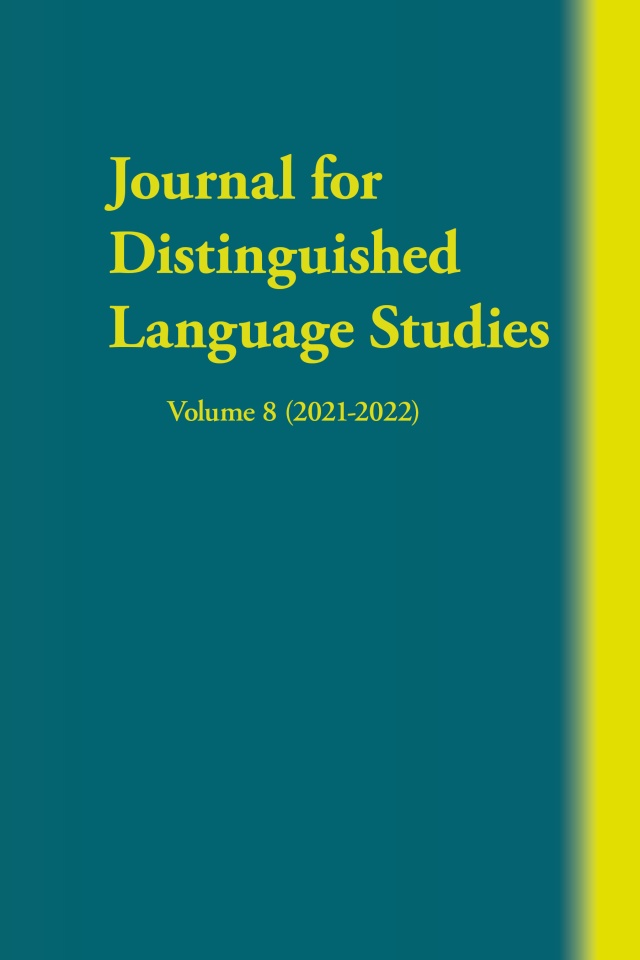Description
This article proposes that a task all learners who have attained superior levels of proficiency and who wish to achieve the distinguished level have in common is the need to double the size of their vocabulary. The article suggests that instructional designs for distinguished level training should include massive amounts of input: reading, listening, and watching. It also proposes a number of ways, all vocabulary based, to evaluate whether materials are at-level for learners and advocates for materials that are appropriate to the individual learners’ needs, objectives and interests.
The article takes a close look at the goals of higher-level programs and notes that not all learners working towards distinguished levels of proficiency have the same end goals in mind. Their objectives, at this level, differ from learner to learner. Their objectives and the needs of the organizations that fund their training also surely differ from the characteristics of distinguished level proficiency implied by the ACTFL standards and the ILR skill level descriptions: eloquence, membership in the cloistered elect of the well-educated, and the ability to speak in ways that approximate written texts.
The article asserts that students have a set of rights, which, when exercised, may change the trajectory of each course even midstream. It examines paths towards success, rejecting the use of Bloom’s taxonomy and suggesting the use of design thinking approaches to creating an instructional program. Attention is paid to techniques for evaluating the appropriateness of materials for training, with a special focus on words, word families, and the importance of knowing the size of a learner’s word bank and speed at which the student reads.
When instructors know their learners well, they can, working with the learners and stakeholders, create a learning plan for each learner which meets their precise needs.
Key words: vocabulary, objectives, rights, Bloom’s taxonomy, text profiling






Follow Us!